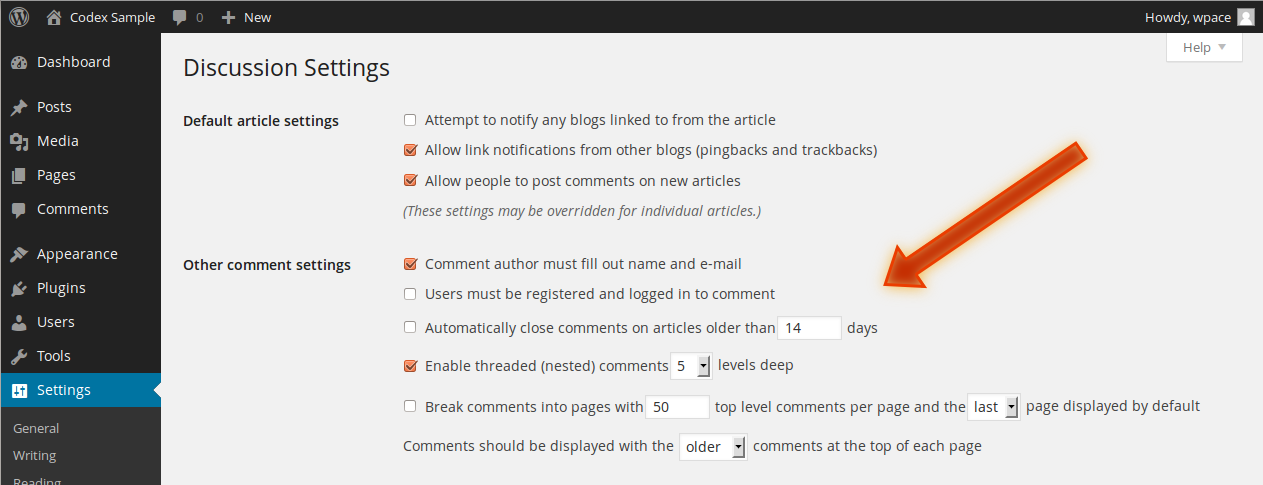WordPress 4.8 Will Not Support Internet Explorer 8, 9, or 10

For a project with as many users as WordPress, backward compatibility with older software is both necessary and problematic. Even though only a small proportion of WordPress users manage their websites on older browsers, that proportion may translate to millions of individual users. Corporate policy and government policy or a lack of access to up-to-date hardware and operating systems means people may not be able to use the newest versions of software even if they want to.
But supporting older browsers has a cost for developers and users alike. If features must be compatible with older browsers, developers are obliged to avoid modern tools, libraries, and language capabilities, which limits new features and constrains the experience developers can build.
It’s unsurprising that the ending of support for older versions of IE was met with universal praise in the WordPress developer community. If developers have to support older versions of IE, they can’t take advantage of the newer features available in more modern browsers.
“Depending on how you count it, those browsers combined are either around 3% or under 1% of total users, but either way they’ve fallen below the threshold where it’s helpful for WordPress to continue testing and developing against. (The numbers surprised me, as did how low IE market share overall has gone.)”
This issue came to a head with the planned changes to the WordPress Editor. To build the editing experience Mullenweg and the WordPress developers want, they need to be able to use modern web technologies that aren’t available on older browsers.
Internet Explorer 8 was introduced in 2009, followed by IE 9 in 2011, and IE 10 in 2012. Five years is a long time on the web, and the state of the art in web technology has advanced enormously in that time. Older versions of IE aren’t capable of offering the experience modern web applications aspire to. By dropping support for older versions, WordPress’ developers are free to make use of recent innovations without having to test every change for compatibility with legacy software.
It’s worth emphasizing that WordPress won’t stop working on older versions of IE: functionality that works now should continue to work, but new features will not. And over time, the experience offered by unsupported browsers will stagnate.

 WP-Base-SEO is a fake WordPress plugin that security researchers have found installed on
WP-Base-SEO is a fake WordPress plugin that security researchers have found installed on  A huge botnet of home routers has targeted WordPress sites with brute-force attacks over the last few weeks. Brute-force attacks are a risk for WordPress websites with insecure passwords, and they can cause problems even if a site has secure passwords by consuming a significant proportion of its resources.
A huge botnet of home routers has targeted WordPress sites with brute-force attacks over the last few weeks. Brute-force attacks are a risk for WordPress websites with insecure passwords, and they can cause problems even if a site has secure passwords by consuming a significant proportion of its resources. Getting a theme into the
Getting a theme into the  Google has long been wise to ways of comment spammers, but that doesn’t stop many comment threads degenerating into spammy lists of “work from home” comments and link spam.
Google has long been wise to ways of comment spammers, but that doesn’t stop many comment threads degenerating into spammy lists of “work from home” comments and link spam. 
 As any blogger or publisher will tell you, managing publishing workflows takes a dedication to organization. There are any number of general productivity tools an editor might use, but if you’re managing a site that publishes multiple authors, a dedicated tool is the best option. A workflow management tool that’s integrated with your content management system is even better.
As any blogger or publisher will tell you, managing publishing workflows takes a dedication to organization. There are any number of general productivity tools an editor might use, but if you’re managing a site that publishes multiple authors, a dedicated tool is the best option. A workflow management tool that’s integrated with your content management system is even better. If you’re a regular user of the WordPress editor interface, you might want to make your thoughts known by completing the
If you’re a regular user of the WordPress editor interface, you might want to make your thoughts known by completing the  Bugs are an inevitable part of the software development process. As hard as developers try to avoid them — and they try very hard indeed — mistakes will be made and some of those mistakes will cause security vulnerabilities. What’s important is how developers handle vulnerabilities when they do occur, including how they communicate about them with users.
Bugs are an inevitable part of the software development process. As hard as developers try to avoid them — and they try very hard indeed — mistakes will be made and some of those mistakes will cause security vulnerabilities. What’s important is how developers handle vulnerabilities when they do occur, including how they communicate about them with users. We’re happy to announce the introduction of secure OpenVPN accounts to our dedicated server and enterprise cluster hosting plans. OpenVPN allows site owners to use a secure encrypted login process to access services on dedicated servers that would otherwise be unencrypted, including HTTP and FTP services.
We’re happy to announce the introduction of secure OpenVPN accounts to our dedicated server and enterprise cluster hosting plans. OpenVPN allows site owners to use a secure encrypted login process to access services on dedicated servers that would otherwise be unencrypted, including HTTP and FTP services. Google has
Google has 








